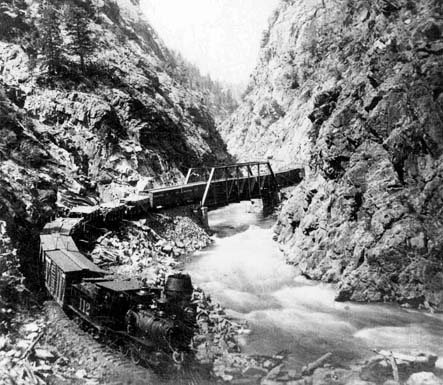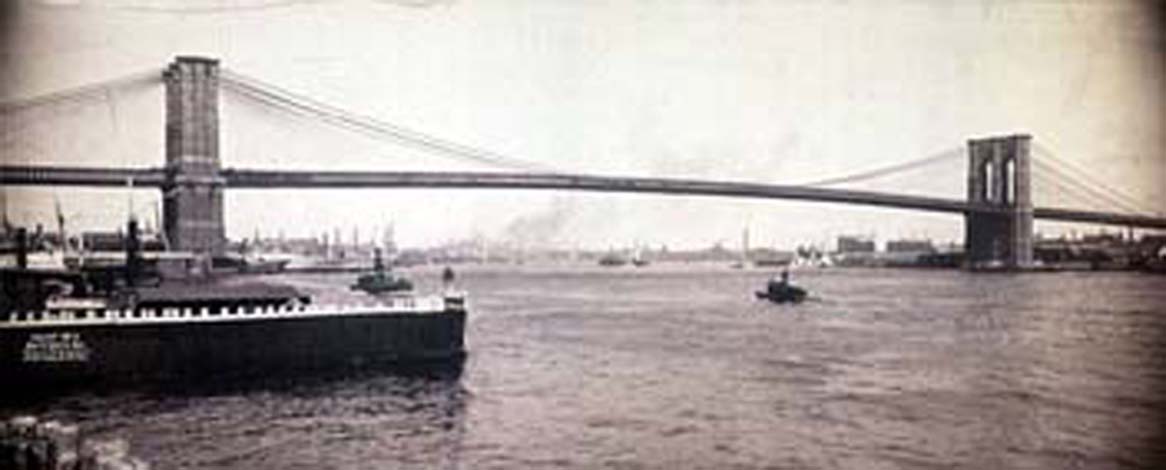Stresses on all bridges: The stresses on all bridges are basically the same: compression and tension. The way the three main different types of bridge structures; beam, arch, and suspension, handle the stresses is what varies. Below are some illustrations of how the different types of structures handle compression and tension.
Beam bridges come in dozens of different styles. This is a modern beam bridge carrying a hi-way over a pasture for cows.
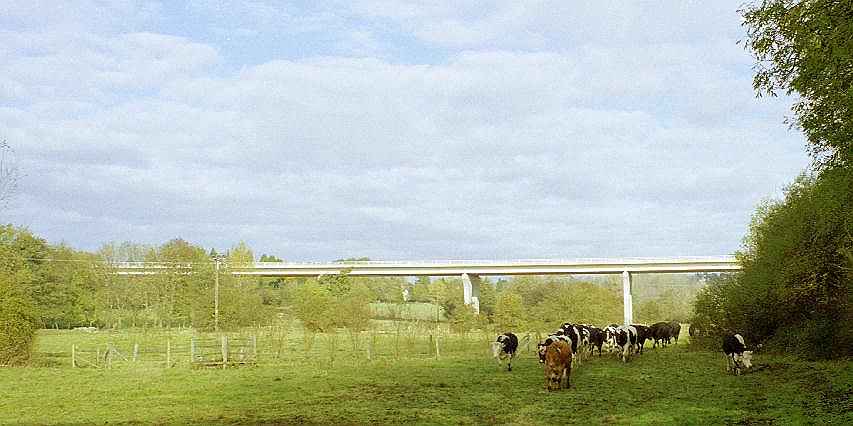
Arch: Compression:
Arch bridges are always under compression. The force of compression
is pushed outward along the curve of the arch toward the abutments
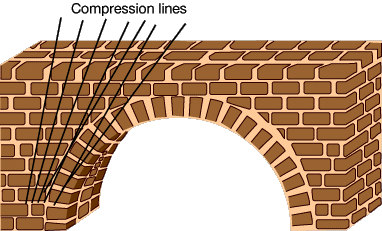
The tension in an arch is negligible. The natural curve of the arch and its ability to dissipate the force outward greatly reduces the effects of tension on the underside of the arch.

The force of compression pushes down on the suspension bridge's deck, but because it is a suspended roadway, the cables transfer the compression to the towers, which dissipate the compression directly into the earth where they are firmly entrenched.
The supporting cables, running between the two anchorages, are the lucky recipients of the tension forces. The cables are literally stretched from the weight of the bridge and its traffic as they run from anchorage to anchorage. The anchorages are also under tension, but since they, like the towers, are held firmly to the earth, the tension they experience is dissipated.
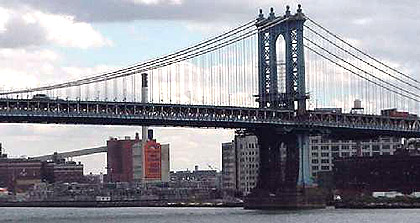
The force of compression on a suspension bridge releases the pressure on top of the bridge and translates the pressure to the tower, and from there it compresses to the beam where the main supports are. The tension cables run between the two anchorages and stretch the weight from the bridge. They are anchored firmly into the earth. - written by Emmanuel.
